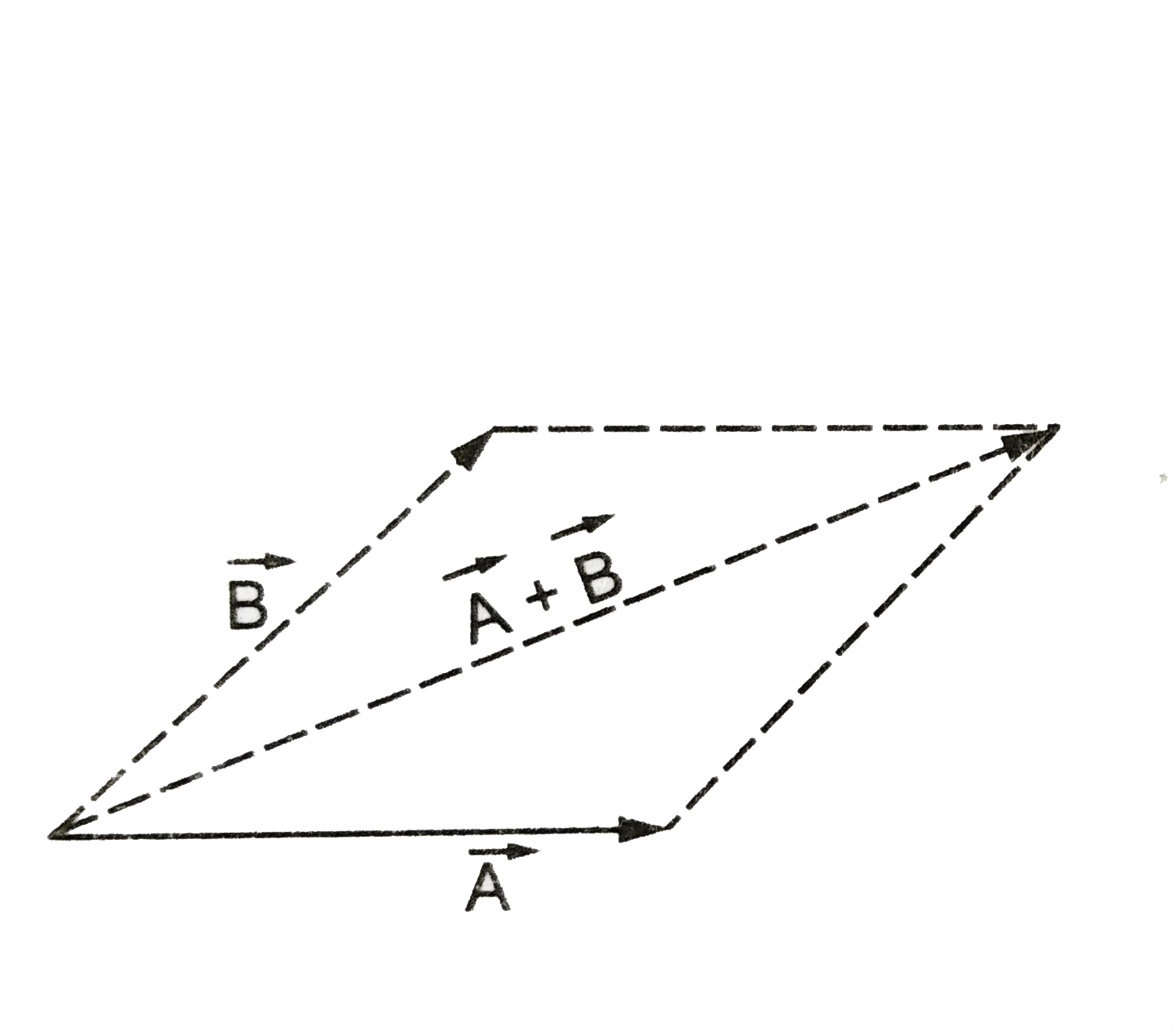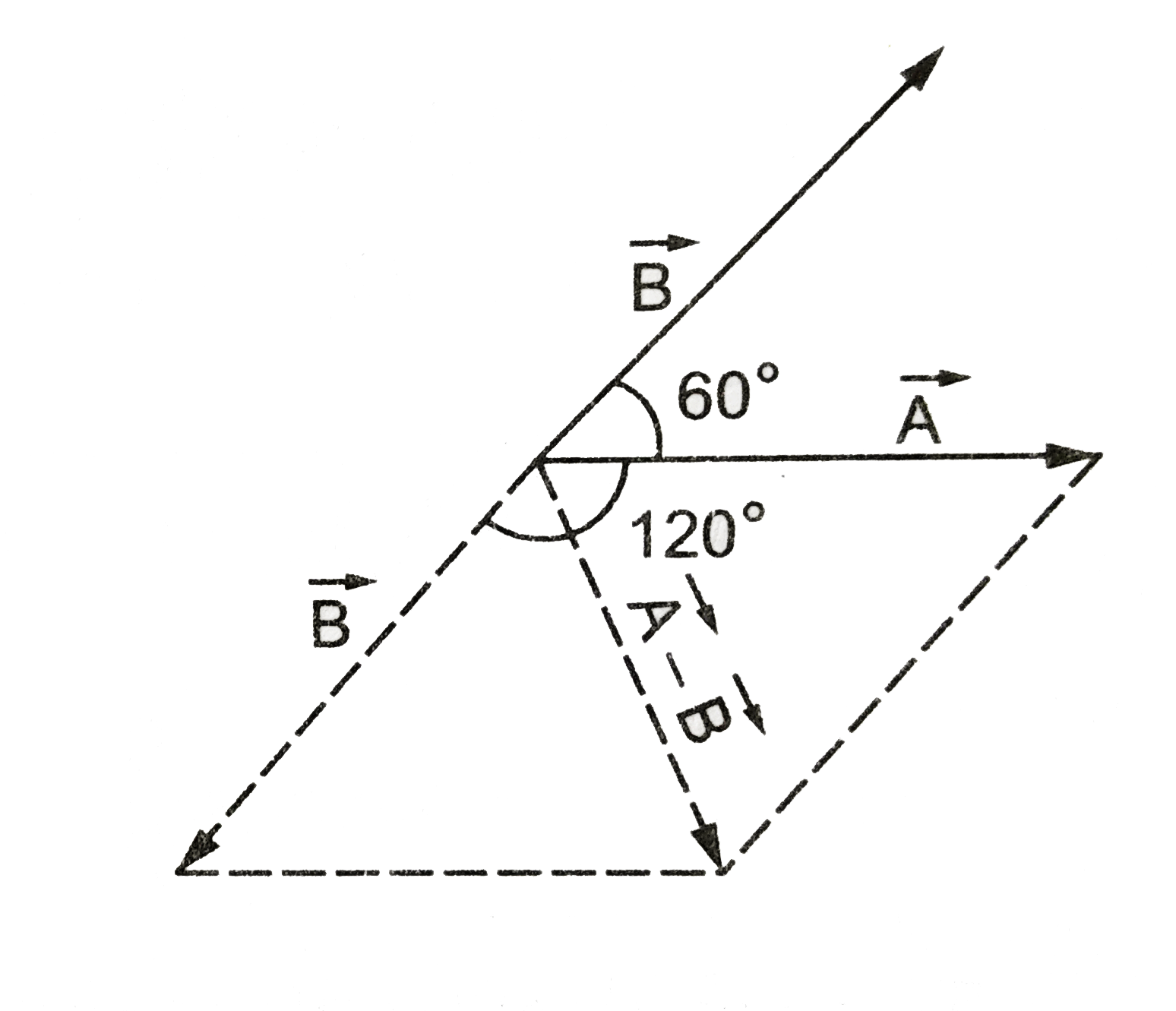A vector has magnitude and direction (i) Does it have a location in the space ? (ii) Can it vary with time ? (iii) Will two equal vectors →a and →b different locations in space necessarily have identical physical effects ? Give examples in support of your answer.
To solve the question, we will break it down into three parts as specified in the question.
Solution:
Part (i): Does a vector have a location in space?
A vector is defined by its magnitude and direction. However, it does not have a specific location in space. This is because two vectors can have the same magnitude and direction but can be positioned at different points in space. For example, a vector representing a force of 5 N acting to the right can be applied at different locations, such as at point A or point B. Therefore, we conclude that a vector does not have a fixed location in space.
Part (ii): Can a vector vary with time?
Yes, a vector can vary with time. Many physical quantities represented by vectors change over time. A prime example is the velocity vector of an object. As an object moves, its speed and direction can change, thus changing the velocity vector. For instance, a car accelerating from rest will have a velocity vector that increases in magnitude as it speeds up. Therefore, we can say that vectors can indeed vary with time.
Part (iii): Will two equal vectors →a and →b at different locations in space necessarily have identical physical effects?
No, two equal vectors →a and →b with the same magnitude and direction but located at different points in space do not necessarily produce identical physical effects. The effect of a vector can depend on its point of application. For example, consider a force vector applied to a box partially filled with water. If the force is applied at one corner of the box, it may cause the water to slosh in a different manner than if the same force is applied at the center of the box. Thus, even though the vectors have the same magnitude and direction, the physical effects can differ based on their locations.
Summary of Answers:
1. A vector does not have a fixed location in space.
2. A vector can vary with time.
3. Two equal vectors at different locations do not necessarily have identical physical effects.
1. A vector does not have a fixed location in space.
2. A vector can vary with time.
3. Two equal vectors at different locations do not necessarily have identical physical effects.
Topper's Solved these Questions
- MOTION IN A PLANE Book:NCERT ENGLISHChapter:MOTION IN A PLANE Exercise:EXERCISE
Explore 32 Videos
- MECHANICAL PROPERTIES OF SOLIDSBook:NCERT ENGLISHChapter:MECHANICAL PROPERTIES OF SOLIDSExercise:EXERCISE
Explore 21 Videos
- MOTION IN A STRAIGHT LINEBook:NCERT ENGLISHChapter:MOTION IN A STRAIGHT LINEExercise:EXERCISE
Explore 28 Videos
Similar Questions
A vector has magnitude and direction .Does it have a location in space ? Can it vary with time ? Will two equal vectors a and b at different locations in space necessartly have identically physical effect ? Give example in support of your answer .
View SolutionAnswer the following :
(i) A vector has magnitude & direction. Does it have a fixed location in space? Can it vary with time.
(ii) Will two equal vectors →a & →b at different locations in space necessarily have identical physical effects?
(iii) Can three non zero vectors, not in one plane, give a zero resulatnt? Can four vectors do ?
(iv) Can a vector have zero magnitude if one of its components is not zero?
View Solution
Knowledge Check
Two vectors →Aand→B inclined at an angle θ have a resultant →R which makes an angle α with →A. If the directions of →Aand→B are interchanged, the resultant will have the same
AdirectionBmagnitudeCdirection as well as magnitudeDnone of these
Two physical quantities are having the same dimensions. Should their units be necessarily the same? Give an example supporting your answer.
View SolutionFind the angle between two vectors →aand →bwith magnitudes √3and 2 respectively having →a.→b=√6
View SolutionTwo vectors of equal magnitude of 5 unit have an angle 600 between them. Find the magnitude of (a) the sum of the vectors and (b) the difference of the vectors.
 .
.  .
.
View SolutionTwo vectors →Aand→B inclined at an angle θ have a resultant →R which makes an angle α with →A. If the directions of →Aand→B are interchanged, the resultant will have the same
View SolutionWrithe the angle between two vectors →a and →b\ with magnitudes √3 and 2 repsectively having →a.→b=√6 .
View Solution→Aand→B are two vectors having the same magnitude . What is the condition that (i) the vector sum →A+→B and (ii) the vector differece →A+→B have the same magnitude as →Aand→B ?
View SolutionFind the magnitude of two vectors →aand →b having the same magnitude and such that the angle between them is 600and their scalar product is 12.
View Solution
